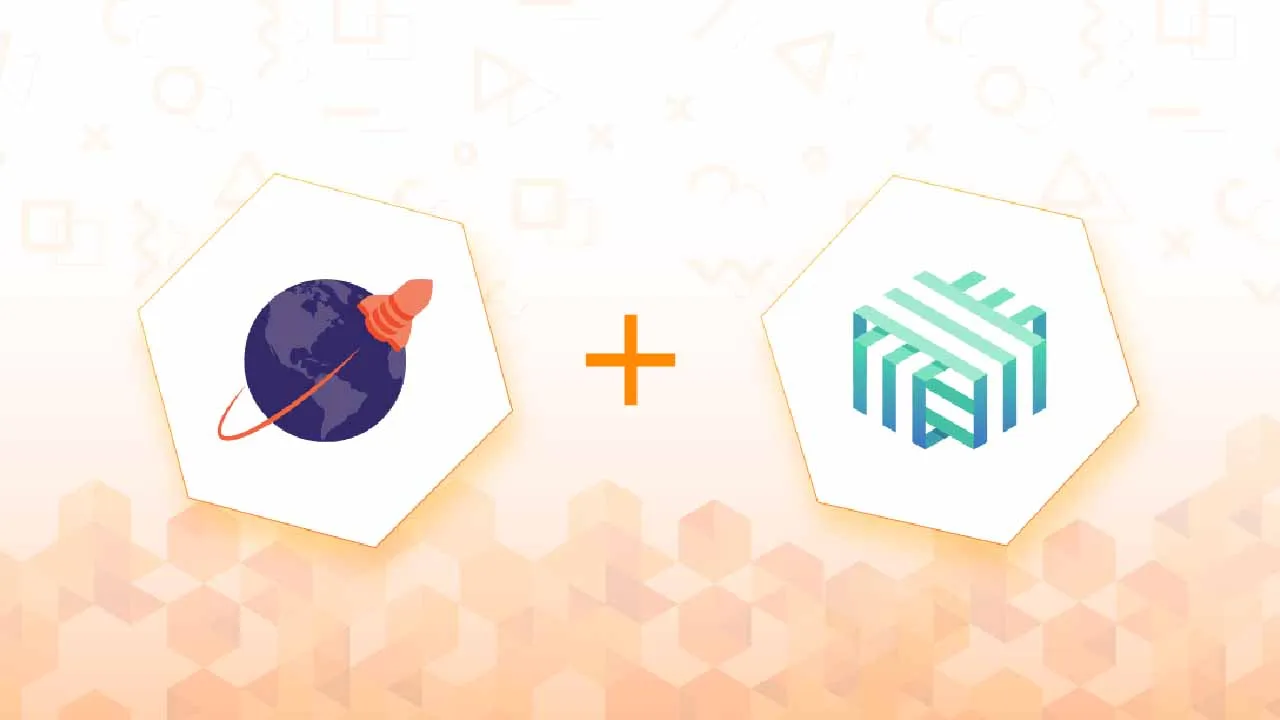This blog post is written by guest author Bhavin Gandhi, Software Engineer at InfraCloud Technologies, Inc., in collaboration with the teams at Buoyant, the creator of Linkerd, and Yugabyte.
As more organizations turn to microservices architectures for their applications, Kubernetes naturally emerges as a perfect complement to those applications. But for application developers, building on Kubernetes can introduce complex problems to solve at the application layer. This is where service meshes like Linkerd come to the rescue and provide essential features like reliability, security, and observability. Doing this at the infrastructure layer in the service mesh means developers no longer need to implement these features in the application. This frees up developers to do what they do best—build new features. And operations teams can do what they do best—deliver the application with performance, security, and scale.
Adding a distributed SQL database like YugabyteDB fits exceedingly well in this scenario, too. As infrastructure and the applications themselves evolve, so too must the data tier. Stateful applications like a SQL database are very complex workloads to run in Kubernetes. The ephemeral nature of Kubernetes pods and the ever-present need to reschedule them onto a new host requires a database tier that is agile. Otherwise, outages, slowdowns, data loss, and incorrect results occur. However, a distributed SQL database like YugabyteDB can solve these challenges. With YugabyteDB constantly monitoring and re-balancing the data shards across the available nodes in a Kubernetes cluster, applications can avoid outages, slowdowns, or data loss scenarios. Now that we’ve introduced why services meshes and distributed SQL are natural fits in a Kubernetes environment, let’s explore how to secure communication between services with YugabyteDB and Linkerd.
Summary of sections in this post
- Before we begin
- Installing Linkerd on the cluster
- Installing YugabyteDB using Helm
- Running a sample application
- Verifying the mTLS
- Linkerd dashboard
- (Optional) Cleaning up the resources
- Conclusion
#how to #kubernetes #microservices #service mesh
